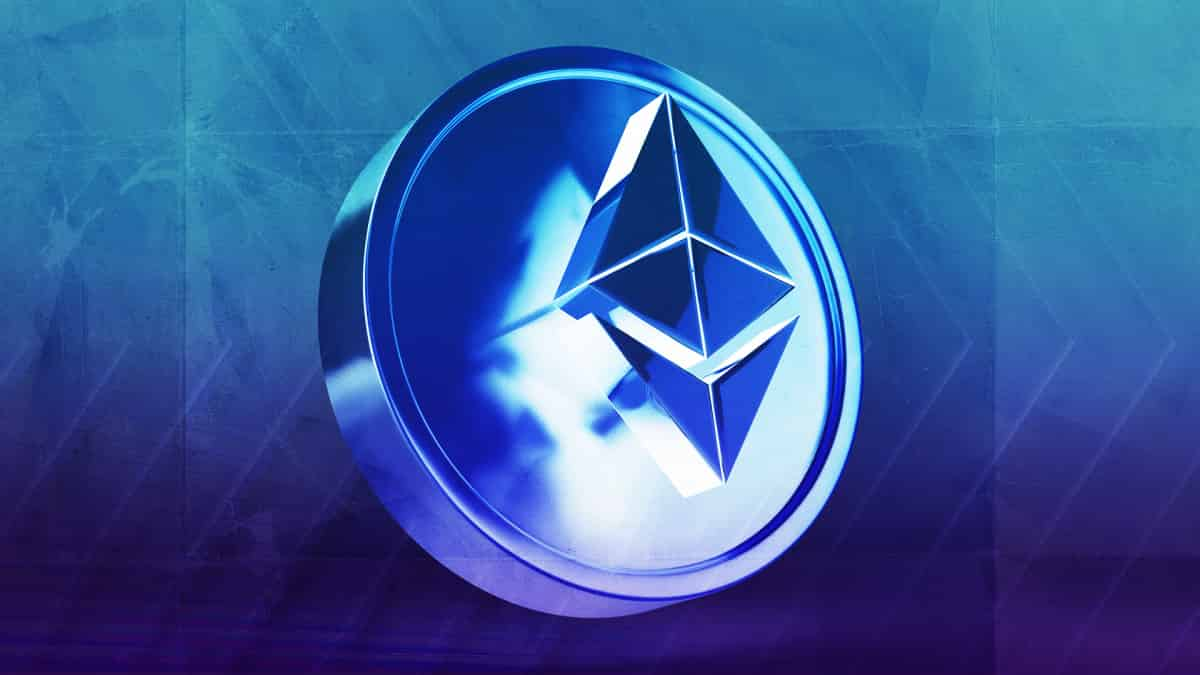Ethereum developers to launch new 'Hoodi' testnet ahead of much-anticipated Pectra upgrade
Quick Take Ethereum Foundation developers will launch a new testnet called Hoodi, which will test the final Pectra deployment ahead of mainnet activation. Previous Pectra activations on the Holesky and Sepolia testnets ran into configuration issues, pushing back the official release schedule.

Ethereum Foundation developers will launch a new testnet called Hoodi, according to an All Devs Call on Thursday. The new "long-lived" testnet is expected to launch next week, on March 17.
The move came about a week after Ethereum researchers and developers convened to discuss the fallout from the problematic Holesky and Sepoli hard forks, which both encountered issues. Last week, the researchers discussed whether to "shadow fork" the Holesky testnet to continue probing the much-anticipated Pectra upgrade.
Holesky, one of Ethereum's two main testnet networks, lost finality due to a configuration bug approximately two weeks ago during a Pectra upgrade activation. Although the network regained finality on Monday , it is not entirely usable for all research purposes.
The Pectra upgrade aims to improve Ethereum's useability and scalability. It includes plans to drive down the cost of data availability by increasing the number of "blob" transactions for Layer 2s, vastly increasing staking limits and introducing account abstraction, which greatly expands the functionality of smart contracts and wallets.
Pectra could be activated on the Ethereum mainnet as early as April 25, approximately 30 days after the upgrade is planned to be deployed on the new Hoodi testnet. The Ethereum Foundation plans to invest significant resources into this network and run a "similar validator count" as the Ethereum mainnet.
According to the call on Thursday, the developers agreed to launch a new testnet rather than pursue other proposals. Hoodi is set to specifically give researchers a dedicated network to test validator exits, which would not be possible on Holesky due to a backed-up exit queue. Holesky and Sepolia will operate to test other research concerns.
"This option was chosen to avoid client teams writing custom code to clear the Holesky exit queue, which could lead to further bugs and delay work on Pectra fixes and Fusaka implementations," according to the call meeting notes.
Disclaimer: The content of this article solely reflects the author's opinion and does not represent the platform in any capacity. This article is not intended to serve as a reference for making investment decisions.
You may also like
2025 TGE Survival Ranking: Who Will Rise to the Top and Who Will Fall? Complete Grading of 30+ New Tokens, AVICI Dominates S+
The article analyzes the TGE performance of multiple blockchain projects, evaluating project performance using three dimensions: current price versus all-time high, time span, and liquidity-to-market cap ratio. Projects are then categorized into five grades: S, A, B, C, and D. Summary generated by Mars AI This summary was generated by the Mars AI model, and the accuracy and completeness of its content are still being iteratively updated.

Mars Finance | "Machi" increases long positions, profits exceed 10 million dollars, whale shorts 1,000 BTC
Russian households have invested 3.7 billion rubles in cryptocurrency derivatives, mainly dominated by a few large players. INTERPOL has listed cryptocurrency fraud as a global threat. Malicious Chrome extensions are stealing Solana funds. The UK has proposed new tax regulations for DeFi. Bitcoin surpasses $91,000. Summary generated by Mars AI. The accuracy and completeness of this summary are still being iteratively updated by the Mars AI model.

How much is ETH really worth? Hashed provides 10 different valuation methods in one go
After taking a weighted average, the fair price of ETH exceeds $4,700.

Dragonfly partner: Crypto has fallen into financial cynicism, and those valuing public blockchains with PE ratios have already lost
People tend to overestimate what can happen in two years, but underestimate what can happen in ten years.

